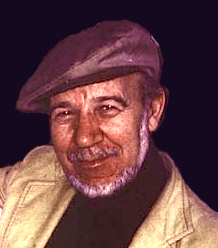The Hidden Abstract Expressionist

Picasso and Braque are the giants credited with giving birth to Cubism in Paris in the early 20th century. But at the middle of the century a group of giant-killers — Pollock, Kline, Rothko, de Kooning, and others — kicked down the front door of their Modernist movement. Now, a compelling body of life’s work by one of the original Abstract Expressionists has come to light after having been buried for more than seventy years. Pietro Antonio “Tony” Narducci was a highly respected member of the group that met at the notorious Cedar Tavern in Greenwich Village. He had emigrated from Italy in 1929 and, like many artists working for the W.P.A. quickly assimilated into the city’s art scene. At his wedding, his best man was the curator of the Guggenheim Museum. He counted Franz Kline and Willem de Kooning among his best friends. But he suffered three tragedies in the early 1950s that resulted in a depression that made him retreat to his New Jersey studio and become agoraphobic. Even the entreaties of Leo Castelli failed to draw out the prolific recluse. Instead, Narducci remained in the private world of his studio, choosing resolutely to never exhibit. While he acknowledged that he and his colleagues had indeed kicked down the front door to a new way of seeing, he set out on a spiritual quest to discover how to break down what he called the “back door.” He believed that Abstract Expressionism had yet to open a spiritual door that would reveal new aesthetic secrets held in the universe. His extraordinary collection is finally being studied and exhibited — revealing a large body of paintings in a style he called “Quintessential Aesthetics.”
Narducci was born in 1915 in Pietracamela, a small town perched high in the Gran Sasso mountain range in Italy. His father was the first of the family to emigrate to America, and when Tony turned fifteen in 1929 his mother urged him to go, too — particularly to avoid conscription into Mussolini’s youth movement, or Balilla of the National Fascist Party. Soon after settling with his father in New Jersey he enrolled at the Leonardo da Vinci Art School in Greenwich Village studying painting, sculpture, and fresco. He became so immersed in the school that the moved to Manhattan in 1934 — and the next year he was awarded three First Prizes in painting, sculpture, and fresco. In 1936, then 21 years old, Narducci also began taking sculpture courses at the Beaux-Arts Institute of Design. Between the two schools he benefited from teachers such as Thomas Benton, Isamu Noguchi, Joseph Stella, Onorio Ruotola, and Antonio Piccirilli.
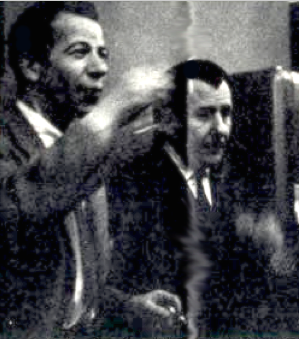
In 1937 Narducci and his friend Conrad Marca-Relli [1913–2000] joined the Artists’ Union and Easel Division of the Federal Art Project of the W.P.A. Together, they met and became friendly with Willem de Kooning, Franz Kline, and John Graham and other Modernists. The next year Narducci switched to the Mural Division and at the same time became a teaching assistant at the Leonardo da Vinci Art School, graduating in 1939 having been nominated for the Prix de Rome. His award-winning fresco of wild stallions was exhibited at the Grand Central Art Galleries. The concrete piece was so massive that a team of horses pulled it on a wagon from Greenwich Village uptown to the gallery. After the show ended, the gallery did not contact Narducci but instead had it broken apart with sledgehammers in order to more easily dispose of it. Narducci was furious and swore never to show in a gallery again.
During the early 1940s Narducci supported himself as a sculptor for the Bernardini Studio while also taking private commissions for painting and sculpture. During the summers he and Marca-Relli met with artists friends, often at “The Artists’ Club” at the “Fort Lee Castle” just across the Hudson River in New Jersey. In 1943, he married Muriel Koud, a classical ballet dancer. His best man was John Sandhuser, the curator of the Guggenheim Museum. However, as the country was at war, Narducci soon received his induction papers, and proceeded to join U.S. Air Force. But owing to his misinterpretation of the language, he wound up in an employment line for American Airlines. He was hired nonetheless as a graphic designer and went on to design a version of American Airlines logo. He stayed with the company until 1951, all the while continuing privately to paint as an abstract expressionist. It was sculptor George Spaventa [1918–1978], another old friend from the Leonardo da Vinci Art School, who introduced Narducci to the artists who met regularly at Cedar Tavern such as Jackson Pollock, Willem de Kooning, Milton Resnick, and Franz Kline — and he wrote that he and Kline were virtually inseparable.
But by 1953 those friendships would all be pushed aside and ultimately disappear after Narducci suffered the convergence of several tragedies. First, he was divorced from Muriel. Second, his young son was killed in a car crash in Manhattan. And third, a private art dealer to whom he had entrusted nearly two-hundred paintings suddenly disappeared, never to be seen again. Distraught, Narducci left the city and set up an apartment with studio on Main Street in the small town of Denville, New Jersey. His depression soon became manifested by reclusiveness that deepened into agoraphobia. He never returned to New York. He very rarely left his apartment. Instead, became hyper-focused upon what he referred to throughout his life as his Sacra Mantra — the sacred search or journey. His eldest daughter explained, “Perhaps this term helps to shed some light on his philosophy and his subsequent approach to making art. There was, for instance, his refusal to show and become embroiled in the business end of the art world — because he felt very strongly that it would somehow destroy his independence and the purity of his work — values that he fiercely embraced all of his life.”
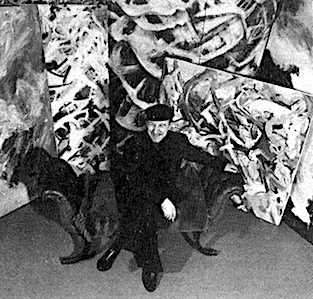
Even as Narducci remained steadfastly an Abstract Expressionist painter he always considered sounds from nature and sunlight as vibrant painting mediums and continued his experiments through the early 1980s. However, in 1985, at age seventy he made what he considered his most significant breakthrough to finding that “back door” to a style that was transcendental. He was an early adopter of acrylic pigments and began to mix them with India ink, plus ammonia (hydrogen and nitrogen) and rainwater — elements he saw as basic in the universe. Narducci felt that his discovery of this medium completed his life-long search “to find a way to enter nature from the back door.” Abstract Expressionism had clearly served as a training ground to open the front door. Now he had finally found the back door that opened into the universe and he called his new style “Transcendental Aesthetics.” He eldest daughter explained, “He felt his work was reaching for that purity of being totally intuitive — and a way of participating in the experience of capturing Nature in the act of creating herself.” He always painted to classical music — with Stravinsky a favorite — and stylistically his paintings recall the colors, movement, and music inherent in the works of the father of Abstract Expressionism: Kandinsky. Narducci was prolific in his chosen isolation and accumulated a large and extraordinary collection — one that is rarely found so well preserved and united.
Careful examination reveals that Narducci was one of the most significant artistic pioneers of the last half of the twentieth century. Even as he continued to paint on canvas, starting in 1954 and for about ten years he experimented with sound and light. His exhaustive notes appear to be those of a mathematician orchestrating both natural and made-made sounds to create images. In 1956 he began to gather together electronic equipment to push deeper with his experiment with electronic painting. And by 1958 he had designed a video synthesizer to produce both electronic paintings and sculpture. Among the elements integrated in his apparatus was an Emerson color TV, silicon cells, and TV-FM sweep generator with marker equipment. After Narducci’s death the historical importance of his experimental images would be recognized most clearly by the English press. Art critic Adrian Dannatt wrote: “Using an oscilloscope wired to a camera he kept on his fire escape pointing into the sun, Narducci began painting with light and sound waves, the first ever paintings done with the energy of the sun, abstract images captured on film and transformed into cybernetic paintings and a huge sculpture such as, Cosmic Woman, which was even wired for sound.”* Narducci’s experiments and the resulting imagery predate by decades the work of John Cage, the composer/music theorist/artist, as well as the pioneer video artist Naum June Paik.

Narducci actively pushed the bold expressiveness and color dynamics of his “Quintessential Aesthetics” until his death on March 1, 1999. Forty-five years earlier, when he had first moved into his studio he taped to the closet door for inspiration a reproduction of Masaccio’s painting, Adam and Eve’s Expulsion from the Garden of Eden. Perhaps that was the very door that provided the spiritual revelations that helped him to open that “back door” to the cosmos.
It was the British art critic Adrian Dannatt who wrote Narducci’s obituary published in London — not New York. “Hardly anybody had heard of Antonio Narducci, despite his being a founding member of the Abstract Expressionist movement who had done nothing but dedicatedly make art for more than 60 years…Whatever the reasons for his obscurity, Narducci was a highly trained professional painter who was an integral part of the most important movement of 20th-century American art but who only had one formal exhibition and subsequently refused to show his work. Narducci had the career profile of an eccentric “outsider” recluse, the difference being that he had spent years at art school, teaching and working on government commissions and both knew and was respected by the most famous artists of his era.” *
Peter Hastings Falk
January 2015
Sources:
*Dannatt, Adrian. “Antonio Narducci” (London, England: The Independent, 28 April 1999)
Narducci, Antoinette and Marsh, Alexandra. The Hidden Master Painter — The Daughters’ Perspective (essay and chronology, 2004-12, at http://www.narducciart.com/)
Narducci: Hidden Master of Abstract Expressionism
-
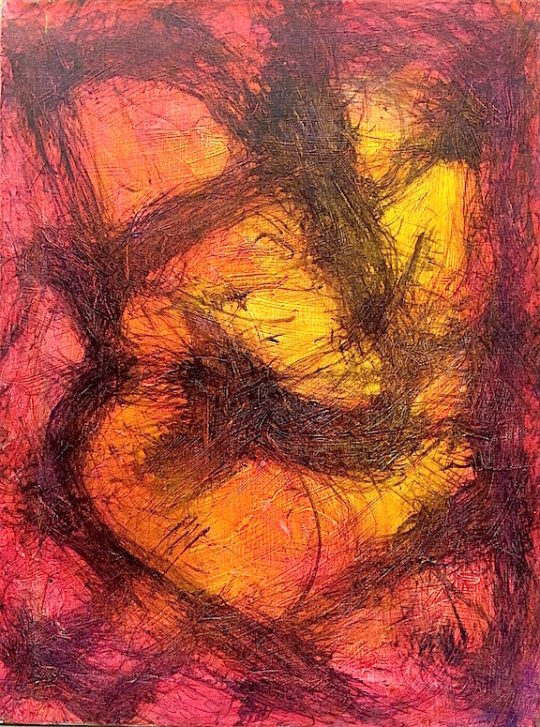
Quanda e li, 1970
18 x 24 inches (45.72 x 60.96 cm) -

Untitled, 1960
18 x 24 inches (45.72 x 60.96 cm) -

Untitled, 1960
18 x 14 inches (45.72 x 35.56 cm) -
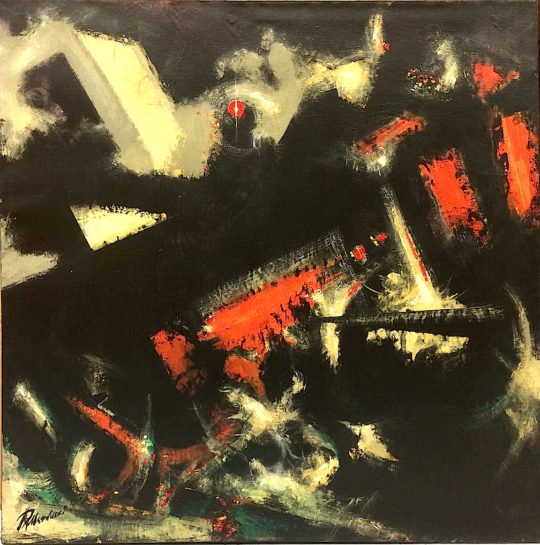
Untitled (Abstraction), 1950
42 x 45 inches (106.68 x 114.3 cm) -
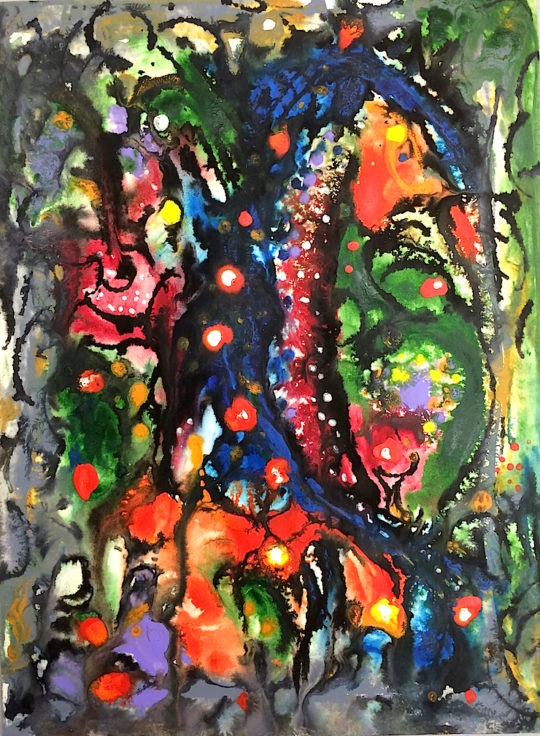
Untitled (from the Quintessential Aesthetics series), 1985
18 x 24 inches (45.72 x 60.96 cm) -
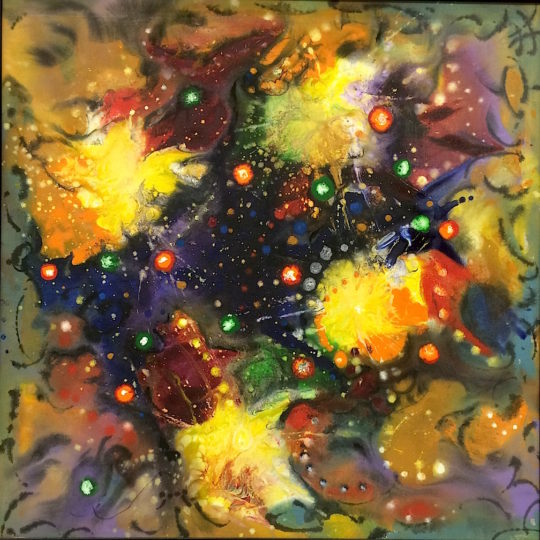
Untitled (from the Quintessential Aesthetics series), 1985
30 x 40 inches (76.2 x 101.6 cm) -

Untitled (from the Quintessential Aesthetics series), 1985
30 x 40 inches (76.2 x 101.6 cm) -
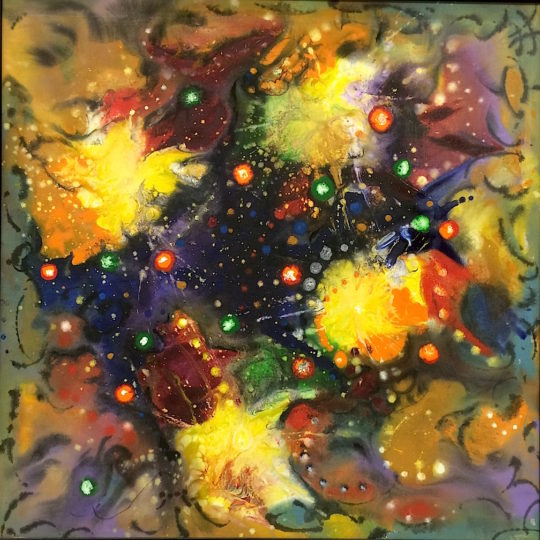
Untitled (from the Quintessential Aesthetics series), 1985
32 x 32 inches (81.28 x 81.28 cm) -

Untitled (from the Quintessential Aesthetics series), 1985
18 x 24 inches (45.72 x 60.96 cm) -
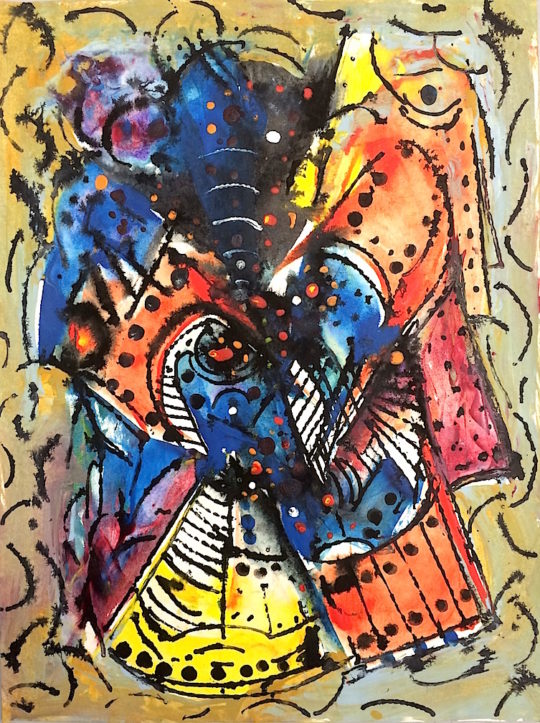
Untitled (from the Quintessential Aesthetics series), 1985
18 x 24 inches (45.72 x 60.96 cm) -
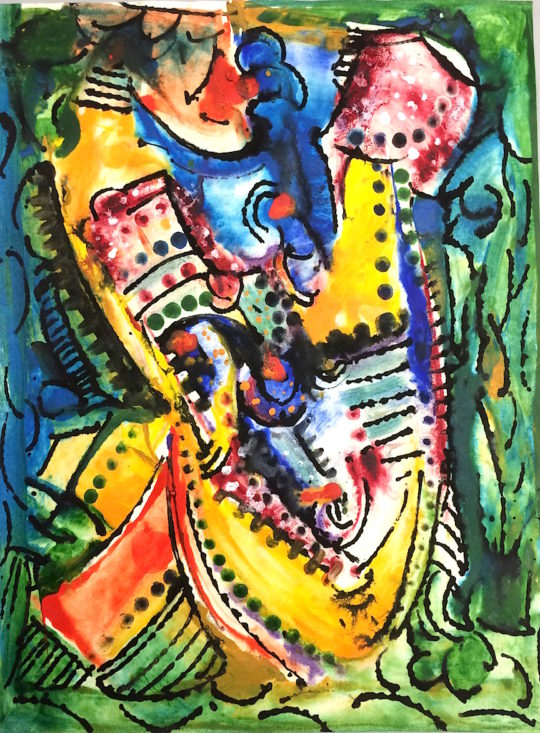
Untitled (from the Quintessential Aesthetics series), 1985
18 x 24 inches (45.72 x 60.96 cm) -
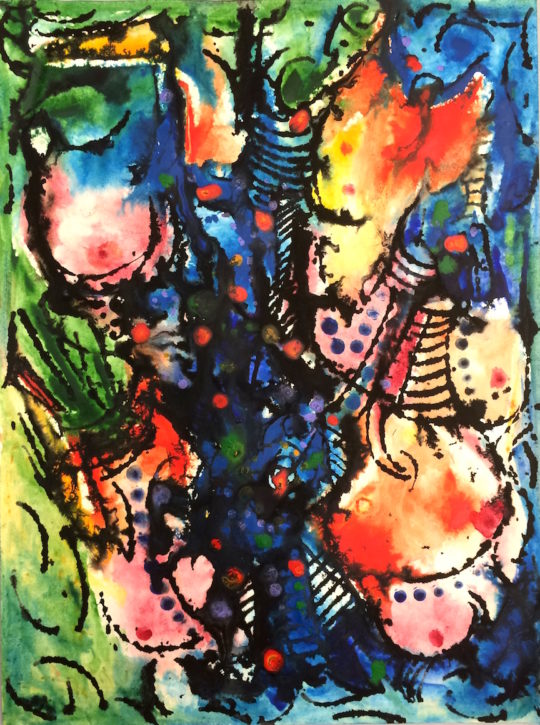
Untitled (from the Quintessential Aesthetics series), 1985
18 x 24 inches (45.72 x 60.96 cm) -
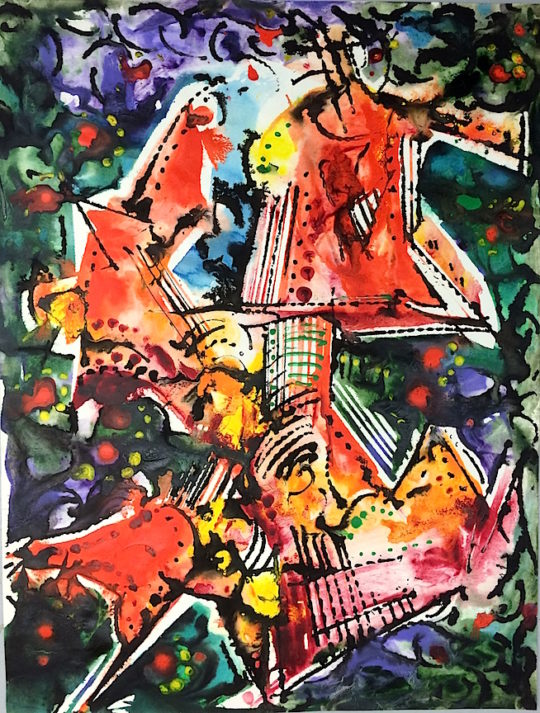
Untitled (from the Quintessential Aesthetics series), 1985
18 x 24 inches (45.72 x 60.96 cm) -
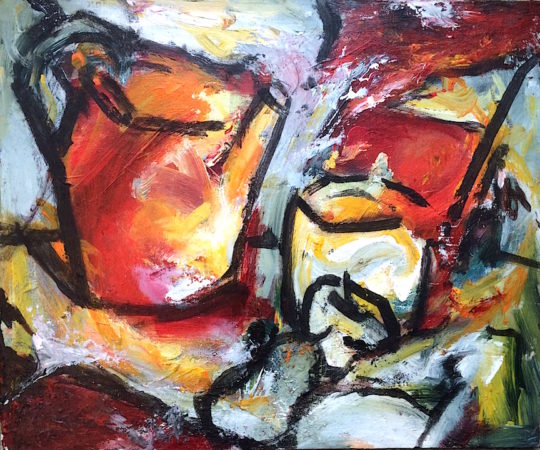
Untitled (tabletop still life), 1960
24 x 20 inches (60.96 x 50.8 cm)
-

Quanda e li, 1970
18 x 24 inches (45.72 x 60.96 cm) -

Untitled, 1960
18 x 24 inches (45.72 x 60.96 cm) -

Untitled, 1960
18 x 14 inches (45.72 x 35.56 cm) -

Untitled (Abstraction), 1950
42 x 45 inches (106.68 x 114.3 cm) -

Untitled (from the Quintessential Aesthetics series), 1985
18 x 24 inches (45.72 x 60.96 cm) -

Untitled (from the Quintessential Aesthetics series), 1985
30 x 40 inches (76.2 x 101.6 cm) -

Untitled (from the Quintessential Aesthetics series), 1985
30 x 40 inches (76.2 x 101.6 cm) -

Untitled (from the Quintessential Aesthetics series), 1985
32 x 32 inches (81.28 x 81.28 cm) -

Untitled (from the Quintessential Aesthetics series), 1985
18 x 24 inches (45.72 x 60.96 cm) -

Untitled (from the Quintessential Aesthetics series), 1985
18 x 24 inches (45.72 x 60.96 cm) -

Untitled (from the Quintessential Aesthetics series), 1985
18 x 24 inches (45.72 x 60.96 cm) -

Untitled (from the Quintessential Aesthetics series), 1985
18 x 24 inches (45.72 x 60.96 cm) -

Untitled (from the Quintessential Aesthetics series), 1985
18 x 24 inches (45.72 x 60.96 cm) -

Untitled (tabletop still life), 1960
24 x 20 inches (60.96 x 50.8 cm)
No Press releases found.
No News found.
No Events Found.
